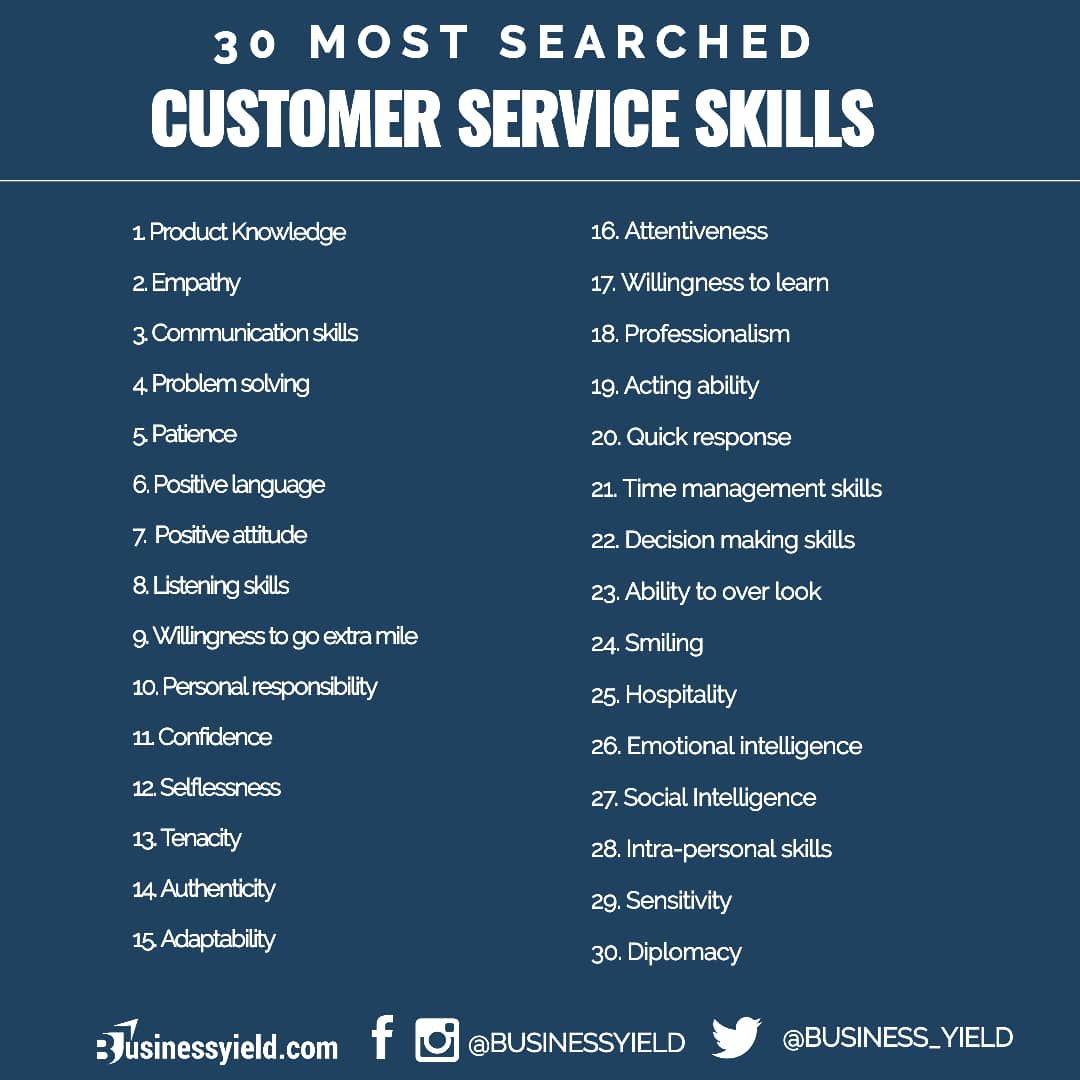Understanding what your customers want and need is now a must if you want your business to be successful in the future. By listening to your customers, you can learn from them and talk to them about making improvements for them. With accurate information, a business is more likely to get useful customer insights, which can help it grow its bottom line over time. Further in this article, we will be explaining the meaning of customer insights and also telling you what you need to know about customer insights marketing, their tools, and the analyst salary.
Customer Insight
Customer insight, also known as consumer insight, is the interpretation and comprehension of consumer data, behaviors, and feedback into conclusions that may be used to enhance product development and interaction with customers. Insights are the reasons behind customers’ wants and needs that can be used to add features, make new goods, and give customers more benefits. By gathering customer insights, a company tries to match the wants of its customers with its business goals.
Data collection is the first step in exploiting customer insights. A number of sources, including market research, customer service information, focus groups, purchase histories, and product reviews, can be used to get customer insights. The data must then be converted into information so that business decisions can be made. Data interpretations should reveal customers’ fundamental motives and aspirations, the reasons behind their specific actions, and future consumer projections.
Customer insights are vital to companies because they allow them to personalize their products and services for their customers. Customer segmentation, customer journey mapping, and surveys are some techniques that can be used to help with customer insight strategy. Organizations can even bring in experts from outside, like scientists or psychologists, to help them analyze information about their customers.
Customer Insights Marketing
Customer insights are more than just customer data points. Yes, there are numbers involved, but marketing customer insights are more reasoned views and conclusions formed based on data and information derived from market research, surveys, and so on.
Examples of Customer Insights Marketing
Here are some real-world examples of how organizations have used customer marketing insights to strengthen their customer connections to get your creative juices flowing:
- A store that sells health and wellness products employs algorithms to send replenishment reminder emails to tens of thousands of customers at just the right time. This has greatly improved the number of customers who reorder these price-sensitive products.
- An online cosmetics store determined that 5% was the ideal level of discounting for the brand to increase expenditure and customer value while reducing revenue cannibalization from excessive discounts. Customers who get the lowest discount (up to 5%) have a greater future value than those who receive no discounts at all or even substantial discounts (10%+), according to the marketers.
- A company that runs social games uses a complex customer model to divide players into dozens of different data-driven groups called “player personas.” These personas are based on lifecycle stages, player behavior (e.g., which game features are used), predictive analytics (e.g., the likelihood of churn), reaction history to previous communications, and many other factors. The marketers then made campaigns for each character. These campaigns are sent automatically when a certain set of events happens. More than 90% of the company’s players get these personalized ads based on their actions, which has led to 24% more money coming in.
Customer Insights Analyst
A customer insights analyst is a marketing professional who gathers and analyzes customer marketing data to produce reports with actionable recommendations. The job of a customer insights analyst is a mix of psychology, marketing, and information management.
How Can I Become a Customer Insights Analyst?
A bachelor’s degree in marketing or a related field of study is required for entry-level positions as a customer insights analyst. Before beginning employment as an analyst, you may need to have prior expertise in marketing, company management, retail, or customer analytics. You must have strong analytical ability as well as excellent communication skills. It is advantageous to have a mathematical aptitude when calculating statistical data on demand patterns. Basic computer knowledge is also essential.
Customer Insights Analyst Skills
The purpose of customer insights is to figure out why people favor certain brands over others. As a result, customer insight analysts strive to fully understand customer views, motives, experiences, and preferences. Customer intelligence sits at the crossroads of brand value and customer attitude. The goal of applied customer insight is to gather, analyze, and understand marketing data that may be used to attract and retain new customers. Because of technological advancements, the majority of consumer insight research is conducted using proprietary software tools.
Here are some important and useful skills for a customer insight analyst to have:
#1. Problem-Solving
Problem-solving enables consumer insight analysts to design, program, and evaluate customer surveys using analytical and creative methodologies. Professionals with this skill might devise novel techniques to help businesses improve their marketing and product creation strategies. This enables them to offer recommendations and provide insights into products or technologies that a company might use to improve the client experience. A consumer insight analyst can use customer data to find a variety of commercial opportunities.
#2. Structured Query Language (SQL)
You can analyze and work with customer databases using the standard database language, SQL. It helps customer analysts improve marketing campaigns and monitor sales processes based on geography. Using numerous market characteristics, they can create client segmentation and classification. SQL is also useful for evaluating user activity on a company’s website. Because some organizations may incorporate a technical screening with SQL as part of a consumer insight analyst interview, knowing SQL is necessary.
#3. Computer Proficiency
As a customer insight analyst, you must be knowledgeable about particular software and administration techniques that can streamline how a firm manages and monitors its customer interactions. Learning how to use customer relationship management (CRM) software, for example, can help you process vast amounts of data. Computer-savvy professionals frequently use polls, surveys, spreadsheets, and social media apps to assess the appropriate audience for a company’s product. They can use this skill to detect consumer demands and enhance sales and revenue.
Customer Insights Analyst Salary
As of March 28, 2023, the average Customer Insights Analyst II salary in the United States is $81,513 with a salary range of $70,149 to $95,355. Salary ranges can be very different based on many factors, such as education, certifications, extra skills, and how long you have worked in your field.
What are the Top 5 Highest-Paying Jobs for Customer Insights Analysts in the United States?
The Customer Insights Analyst job category has at least five occupations that pay more annually than the average salary for this position. Vice President Consumer Insights, Director Shopper Insights, and Analytics Insights are a few prominent examples of these positions.
Importantly, the salaries for all of these positions range from 60.8% to 108.2% ($77,414 to $43,492) higher than the average Customer Insights Analyst salary of $71,572. If you meet the requirements, you might be able to earn more money than the typical Customer Insights Analyst position by being hired for one of these similar positions.
Customer Insights Tools
Customer insight tools give you a good idea of what your customers think about your business. These results are important for making decisions inside the company because they show what kinds of problems your customers are having with your goods without you having to guess.
Remember that each tool provides its own set of insights, and every company requires a unique combination of tools to effectively comprehend its customers.
Use our list to get ideas for your own customer insights strategy, data collection method, and tech stack:
#1. Google Trends
Google Trends enables you to analyze popular online search queries by providing a catalog of popular user queries and phrases across multiple languages and regions.
Use Google Trends information to:
- Identify event-triggered increases in keyword search volume to more accurately predict customer demands and inventory needs.
- Conduct a comparative keyword analysis to determine what’s trending with specific audiences, then adapt your product and messaging accordingly.
- To draw visitors and establish expertise on hot issues, identify trending themes, and create captivating content around them.
#2. Google Analytics
This tool tracks website traffic and provides customer insights.
Google Analytics data analysis for customer insights:
- To assess customer engagement, measure average time on the page, session duration, and scroll depth. After observing a short average session duration on your software-as-a-service (SaaS) website, investigate metrics like average time on page to identify poor-performing pages and fix them.
- To map the customer journey and understand what drove people to your site, track referral traffic from other sources. Use this information to optimize channels like social media and streamline consumer journeys and touchpoints leading to conversion.
- Separate website data by customer geography, device, or behavior. Check how many customers visited a page or bought a product to see if you’re satisfying user needs across segments.
#3. Zendesk
A customer care tool called Zendesk makes it simple to engage with your clients via chat, email, social media messaging apps, and other channels. It compiles all of your clients’ encounters into a single source of reality.
How Zendesk data can help you obtain customer insights:
- Communicate with consumers on their preferred channels and offer self-service product education. Use their comments to identify customer journey problems and improve.
- For detailed customer service insights, categorize inquiries by product, issue, or user type. Next, analyze customer service data with qualitative data analysis tools like Cauliflower or NVivo.
- Integrate CRM and customer service data for a complete customer view. Use your knowledge to predict and personalize user needs.
#4. Hotjar
Hotjar is a product experience (PX) insights tool. It shows you how people interact with your website or digital product and explains “why” they act the way they do.
How to get customer information from Hotjar by collecting and analyzing data:
- Hotjar’s dashboard provides a high-level view of user metrics, allowing you to immediately identify issues and study the impact of product changes. If you find a fascinating insight, such as a large number of angry clicks on a landing page, you can navigate directly to the appropriate heatmaps and recordings for further investigation.
- Save important insights with Highlights. Get the most important customer insights by highlighting behavior that stands out. For example, you could make a Hotjar Heatmap of an important landing page and find that your main CTA doesn’t get many hits. To assist filter out the noise, establish ‘collections’ of significant consumer insights grouped by product features or user complaints, or generate clips of user behavior. You can back up your ideas with data about how customers connect and behave, and you can make changes and updates to the design that users support.
- Use Feedback buttons and customer experience surveys to get feedback from your users. Ask your users to rate their experience with your product and tell you why they gave it that score. This will help you figure out how to make it better.
What Are Examples of Customer Insights?
Let’s look at some examples of customer information you probably already have access to.
- Market analysis.
- Reviews online.
- Purchasing info.
- Website analytics.
- Social media data.
- Consumer mood.
- Customer service data.
- Competitor data.
What Are Good Customer Insights?
Customer insight is an in-depth comprehension of your customers. This implies that you must comprehend their actions, needs, and preferences. You may communicate with your customers on a more personal level once you have collected the appropriate data from them.
What Are the Four Types of Insights?
Let’s wrap up by talking about the value of four different types of insights.
- Detecting themes and trends.
- Product intelligence.
- Ad intelligence.
- Brand insights.
What Are B2B Customer Insights?
Market-based B2B customer insights focus on customer behavior, history, and needs. The goal of getting B2B customer insights is to get new, actionable information that can help you improve your product development, marketing strategy, and sales efforts.
How Do Companies Build Customer Insights?
Customer insights use data, market research, and customer sentiment to show your company how shoppers feel about your business and its products. The best brands always get information and feedback from their customers, digest and study it, and then act on it.
References
Related Articles
- FREE EMAIL MARKETING TOOLS: Best 11+ Tools 2023, Updated!!!
- BUSINESS SYSTEMS ANALYST: Salary, Job Description, Skills, Degree
- PRODUCT ANALYTICS: Detailed Guide With The Top 5 Tools
- MARKETING INTELLIGENCE: Definition, Types, Tools, Strategies & Examples
- HOW TO BECOME A BUSINESS ANALYST: How to Become a Business Analyst With No Experience(2023 Guide)






